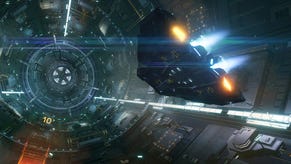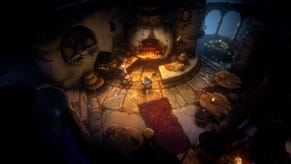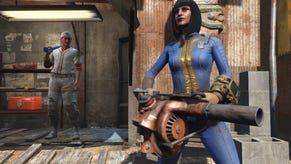Elite: Dangerous - David Braben explains how procedural generation will be used in latest video
The Kickstarter page for Elite: Dangerous has been updated with a new video in which David Braben explains how procedural generation will be used in the game.
Don't worry if you've no idea what procedural generation means: we had to look it up ourselves, and we thank Wikipedia for it.
Apparently, it refers to content generated "algorithmically rather than manually," or in other words, creating content "on the fly" instead of prior to distribution.
The game's Kickstarter page also explains it rather well too:
"Procedural generation of content is a technique where content is generated from rules. It abstracts repetitive or arbitrary elements of content creation in a very efficient way. Imagine a medieval landscape. Laying out towns, roads, castles, farm land, forests and so on can be done by a system of rules – putting castles widely spaced out on vantage points, towns near rivers but under the protection of such a castle, roads between them, then with farm land to support them all. An artist can still design the castle, the houses in the towns, but this approach greatly magnifies the content that can be created. “Frontier” did this for the star systems, and planets, and with Elite: Dangerous, we will go further."
Elite, which was released in 1984, used procedural generation, as did The Elder Scrolls 2: Daggerfall. In more modern times, Avalanche Studios used it to create the large island environment in Just Cause.
Frontier Developments' Kickstarter goal for the title is £1,250,000, and with 49 days left, 10,804 backers have pledged £481,736 towards its development.










.png?width=291&height=164&fit=crop&quality=80&format=jpg&auto=webp)






